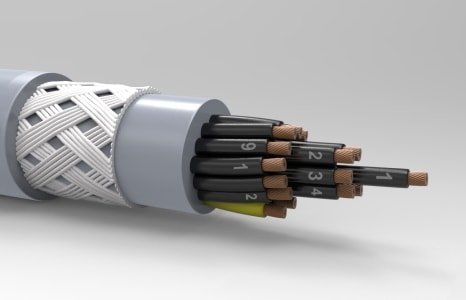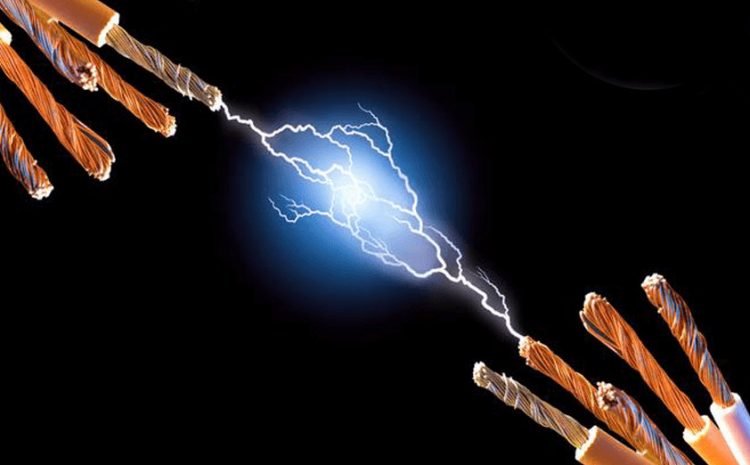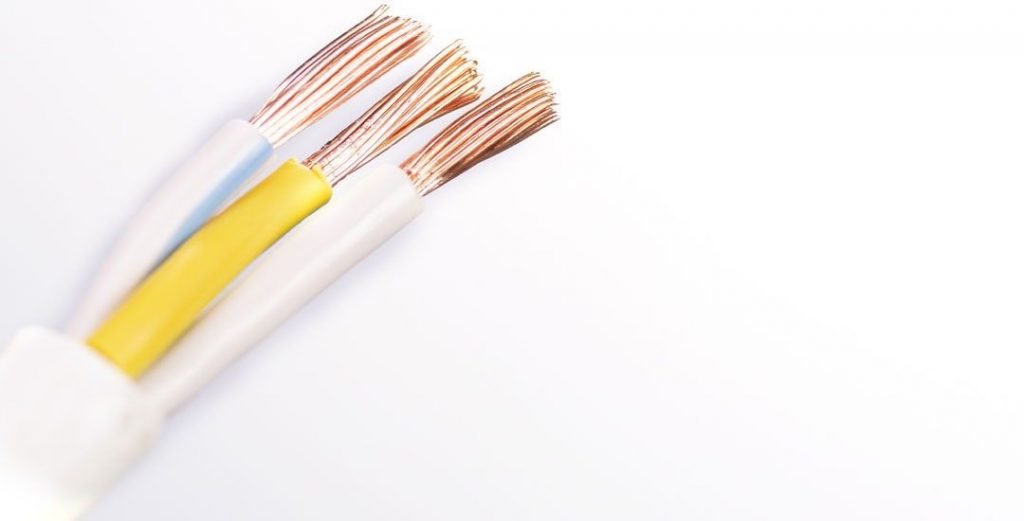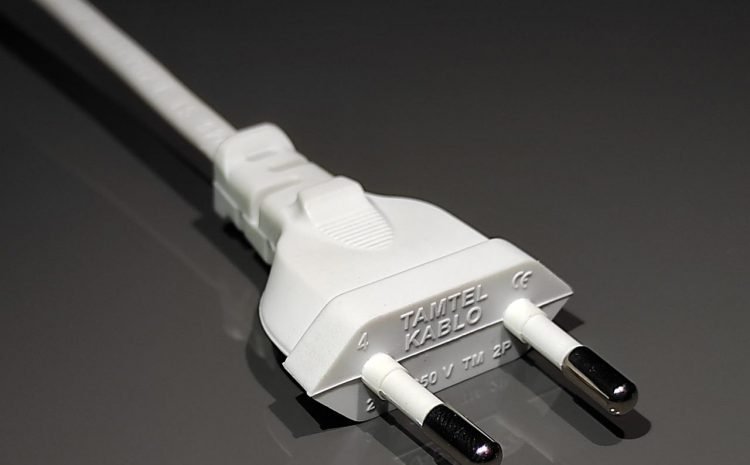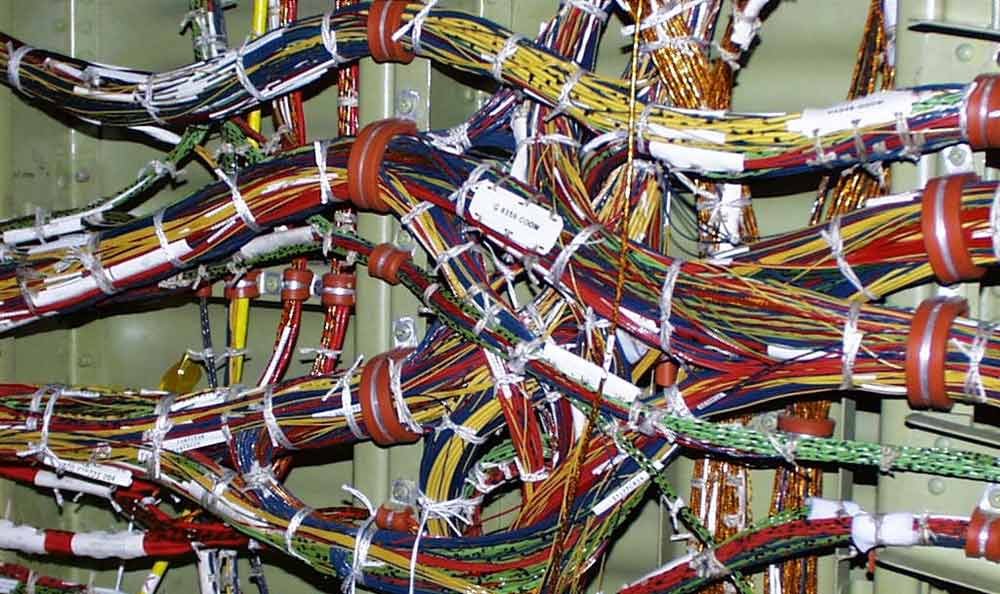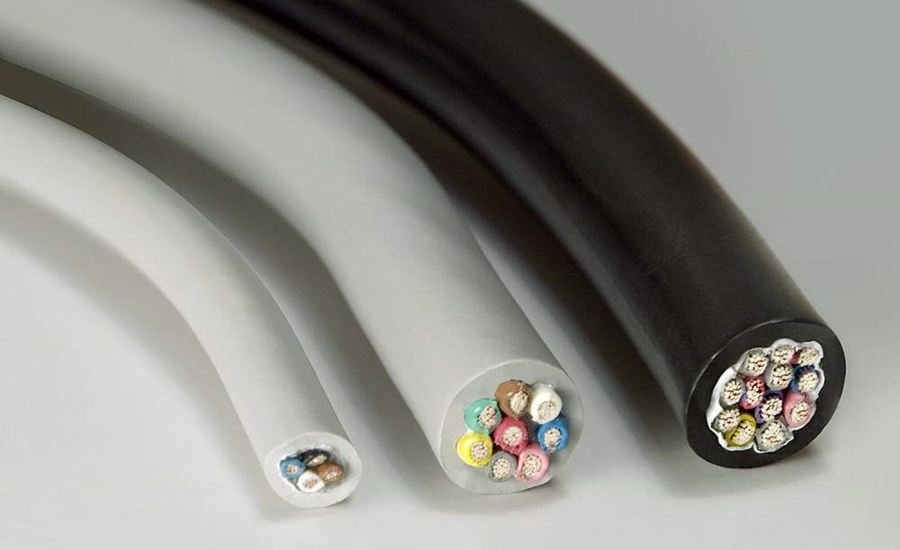
Underground cables are power cables that are covered with insulating materials, and that one or more conductors are passed underground to provide electric current. It is used in regions with high population and industry density.
Types of Underground Cables
Underground cables are classified in three ways according to the voltage density they can carry and their structures.
1. Low Voltage Cables: These are the cables at the limit of 0.6-1kV.
2. Medium Voltage Cables: These are the cables between 1kV and 35 kV.
3. High Voltage Cables: These are the cables that can reach the highest limit between 35kV and 69kV.
Main Features / Advantages of Underground Cables
• Twisted copper or high-conductive aluminum is used in its production. The twisted cable offers a more effective use in terms of both flexibility and voltage capacity.
• The type of cable should be selected by considering the conductor size, heating degree, overload margin and project definition,
• Insulation must be of appropriate thickness for the voltage values to be transported,
• The area where the cable will be laid must be protected with the necessary mechanisms.
o Provides uninterrupted energy transfer,
o Voltage fluctuations are lower than others,
o Offers long-term usage life,
o Does not create any architectural defect,
o The risk of life-threatening is very low,
o Low maintenance and repair costs.
• Since underground is used as a transmission and distribution route, no equipment is needed on the upper surface.
• It is not affected by adverse weather conditions.
• Positive use is ensured in terms of operation and life safety.
Why and Where Should Underground Cable be Preferred?
Since the exposed conductors create an electromagnetic field, they emit electric radiation. Since the underground cables are covered with earth like a protective layer besides their isolation, the radiation originating from the electromagnetic field does not reach the surface.
It is the most suitable cable choice for areas where long-term and high-capacity transmission is needed.
The use of underground cables is recommended for many reasons such as geographical disturbances, unfavorable climatic conditions, various security measures, strategic studies, aesthetic appearance and electromagnetic compatibility. There are different laying methods according to preference and hand efficiency of the area. The main factors in choosing the flooring method are; Factors such as cost, cable route, aesthetic concern, cable resistance should be considered. Laying preferences of underground cables; It can be done in the form of laying under soil or underwater and inside the building.


